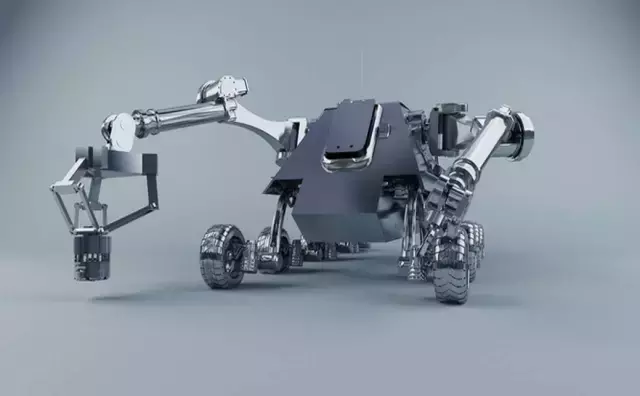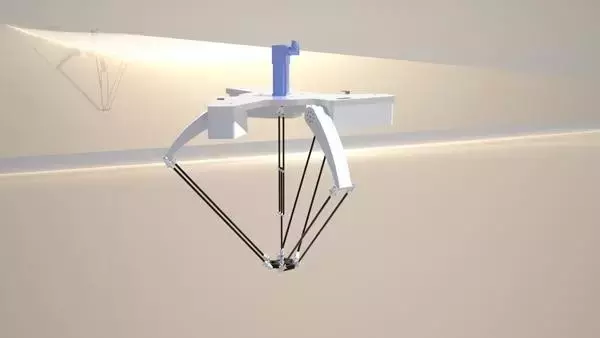In 1978, Hunt first proposed using a six-degree-of-freedom parallel mechanism as a robot manipulator, which kicked off the research on parallel robots. However, in the following nearly 10 years, the research on parallel robots seemed to have stalled. It was not until the late 1980s and early 1990s that parallel robots attracted widespread attention and became a hot topic in international research. Today, parallel robots and serial robots have become two "carriages" in the field of industrial robots, jointly promoting the development of industrial robots.

What is a parallel robot? A parallel robot is a closed-loop robot that is driven in parallel by a finger moving platform and a fixed platform, connected by at least two independent kinematic chains. The mechanism has two or more degrees of freedom. At present, many parallel robots are different from serial robots. Characteristics of parallel robots: ·No need for speed reducer and the cost is relatively low; ·All driving powers are the same and are easy to product; ·The motor is located on the rack with small inertia; ·Simple inverse solution and easy to control in real time. Characteristics of serial robots: ·Need a reducer; ·Different driving powers and different motor models; ·The motor is located in the motion construction and has large inertia; ·The positive solution is simple and the negative solution is complex.
